Entry Category: Race
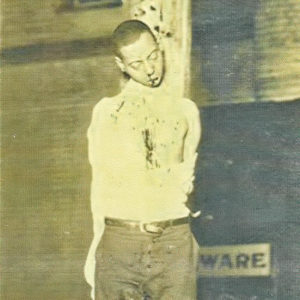 Wade Thomas Lynching
Wade Thomas Lynching
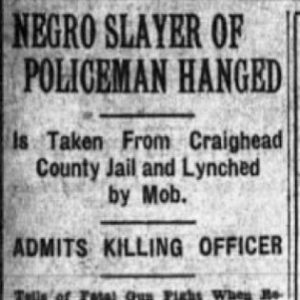 Thomas Lynching Article
Thomas Lynching Article
Thompson, Alex (Lynching of)
Thompson, Roosevelt Levander
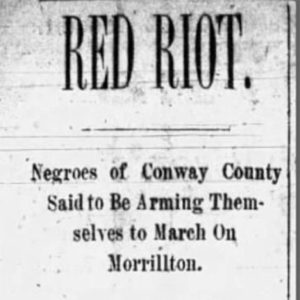 Flanigan Thornton Lynching Article
Flanigan Thornton Lynching Article
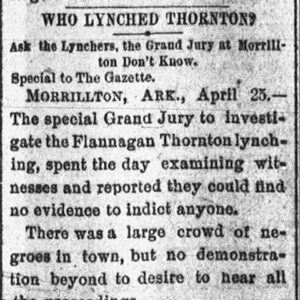 Flanigan Thornton Lynching Article
Flanigan Thornton Lynching Article
Thornton, Flanigan (Lynching of)
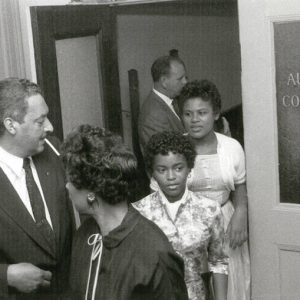 Thurgood Marshall and Central High Students
Thurgood Marshall and Central High Students
Thurman, Sue Bailey
Toll (Lynching of)
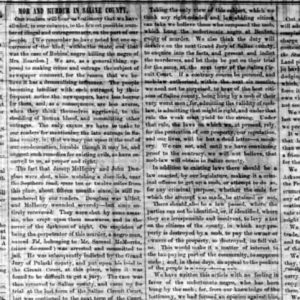 Toll Lynching Story
Toll Lynching Story
Trail of Tears
 Trail of Tears Map
Trail of Tears Map
 Trail of Tears Sign
Trail of Tears Sign
 Trail of Tears Water Route
Trail of Tears Water Route
Treaty of Council Oaks
Trickey, Minnijean Brown
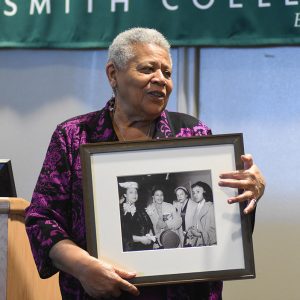 Minnijean Brown Trickey
Minnijean Brown Trickey
 Trieber Federal Building
Trieber Federal Building
Tucker, Frank (Lynching of)
Tuggle, Browning (Lynching of)
Turner, John (Lynching of)
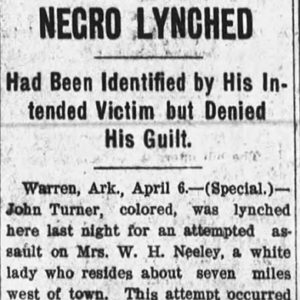 John Turner Lynching Article
John Turner Lynching Article
Turner, William (Lynching of)
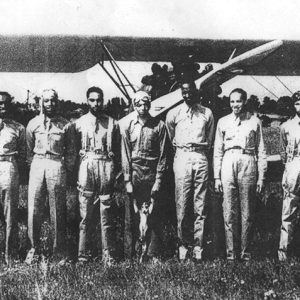 Tuskegee Airmen
Tuskegee Airmen
 Tuskegee Airmen Class 42-F
Tuskegee Airmen Class 42-F
 Union County Lynching
Union County Lynching
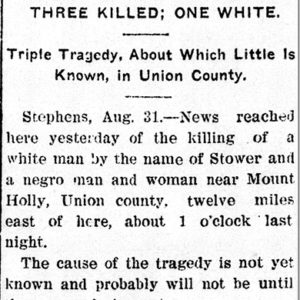 Union County Lynching Article
Union County Lynching Article
Union County Lynching of 1873
Union County Lynching of 1904
United States Civil Rights Trail
United States v. Waddell et al.
Universal Negro Improvement Association (UNIA)
Urban League
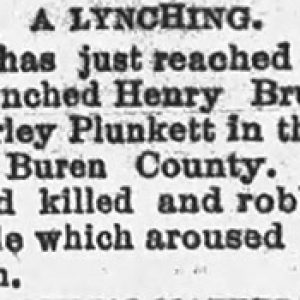 Van Buren County Lynching Article
Van Buren County Lynching Article
Van Buren Schools, Desegregation of
Wainwright, Larry (Murder of)
Wair, Thelma Jean Mothershed
Walker, John Winfred
Walker, William “Sonny”
Wallace, John (Reported Lynching of)
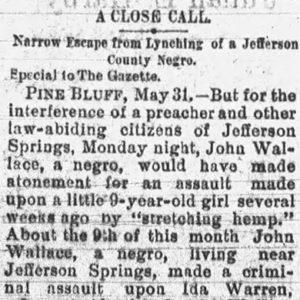 John Wallace Lynching Article
John Wallace Lynching Article
 Walls Marker
Walls Marker
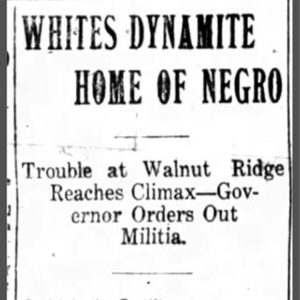 Walnut Ridge Race War Article
Walnut Ridge Race War Article
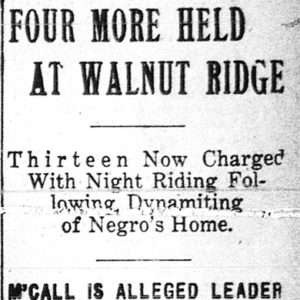 Walnut Ridge Race War Article
Walnut Ridge Race War Article
Walnut Ridge Race War of 1912
Ware, Ed
Ware, Jim and Jack (Lynching of)
 Warren Story
Warren Story




